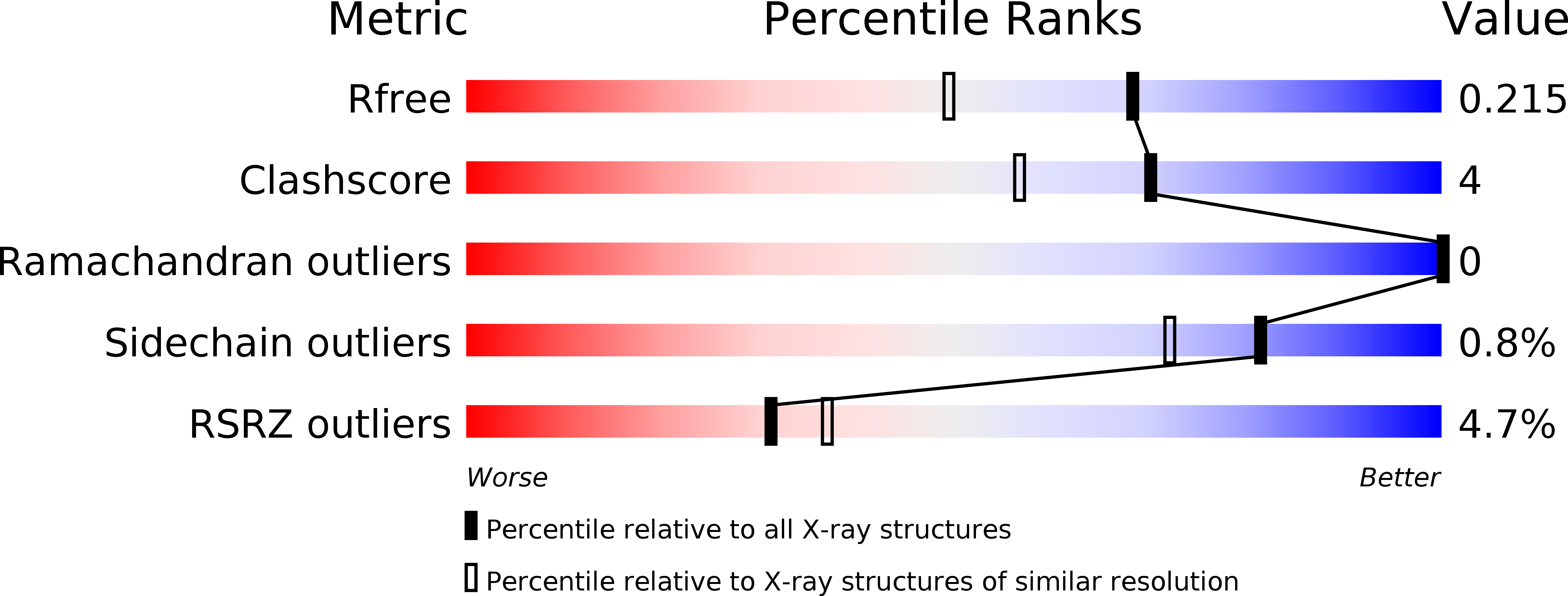
Deposition Date
2017-06-20
Release Date
2018-06-27
Last Version Date
2024-03-27
Entry Detail
Biological Source:
Source Organism:
Rhizopus microsporus (Taxon ID: 58291)
Host Organism:
Method Details:
Experimental Method:
Resolution:
1.75 Å
R-Value Free:
0.21
R-Value Work:
0.18
Space Group:
P 21 21 21


